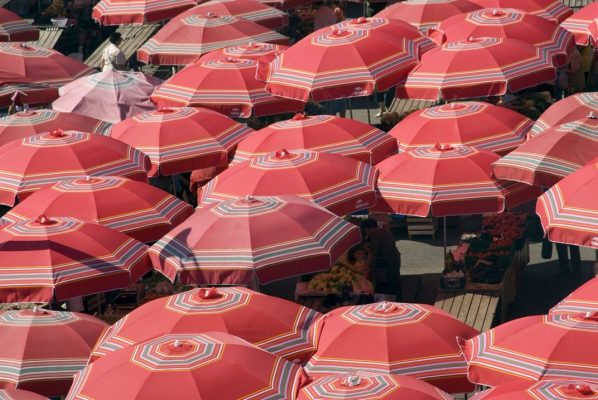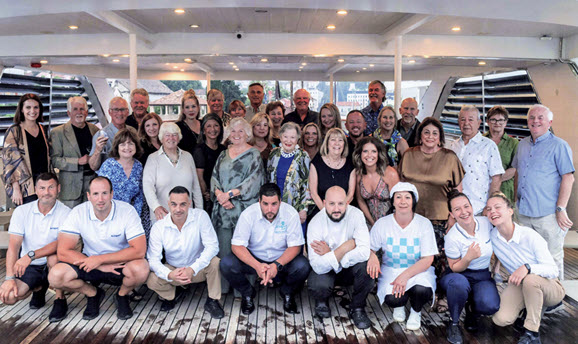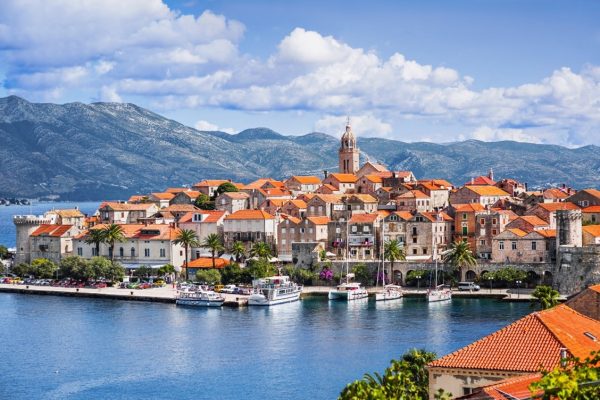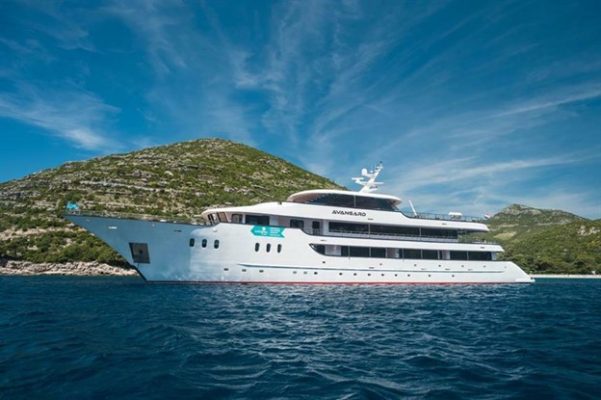The beautiful country of Croatia has long captivated our interest, and Croatian cruises offer the perfect way to explore its breathtaking landscapes. The hilly, vineyard-covered Istrian Peninsula in Croatia’s lush north is reminiscent of Tuscany, renowned for its exceptional wines and truffles. Further south, the island-strewn Adriatic Dalmatian Coastline is absolutely stunning. Islands like Pag, Hvar, and Mljet each boast unique scenery, ancient histories, and were once summer retreats for Roman emperors and European royalty. The Croatian people are delightful, fluent in English, and full of humor, making this fun and beautiful country a must-visit!
Late spring and mid-summer trips to Croatia appeal to our clients and their wine club members. Croatia “Jewel of the Adriatic” is a smaller, more exclusive travel program — a full two-week vacation by land and by sea, at a great price for 14 days of first-class travel with most meals included.
Tours begin in the capital city of Zagreb and spend seven days touring the Istrian Peninsula, Optija and Zadar. For the second week, sail the Adriatic Sea aboard your own private deluxe yacht, cruising from Split to Dubrovnik calling at six island ports and national parks along the way.
Highlights

Zagreb
Stay two nights in the capital of Croatia. Archaeological finds in and around Zagreb date back 35,000 years, when it was a Neanderthal settlement. With a rich history dating from before the time of the Romans, Zagreb offers an abundance of art, gastronomy, and other cultural wonders in a setting largely unexplored by Americans.
Plitvice Lakes and the Istrian Peninsula
During the first leg of our land program we’ll descend upon Croatia’s Plitvice Lakes, the country’s largest and oldest national park and commemorated UNESCO World Heritage Site. This beautiful national park is made up of a chain of 16 pristine lakes, set above each other and connected by spectacular waterfalls and cascades.

Istrian Peninsula
The heart-shaped Istrian Peninsula is known as the Tuscany of Croatia due to a strong Italian influence. Divided into “Green” and “Blue” regions, Istria encompasses breathtaking scenery of rolling hills, olive groves, vineyards juxtaposed against coastal charms along the Adriatic Sea. We visited the seaside city of Rovinj and the hilltop town of Motovin.
Zadar
This ancient city is over three thousand years old, over the millennia occupied by the Greeks, Romans, Venetians and Italy. The Croatian language originated here. Inside the walled city is the oldest Croatian university (1396). The most novel and unique attraction is the Zadar Sea Organ, a musical instrument literally powered by surf and waves of the Adriatic. Beneath white marble, there are 35 musically tuned tubes with whistle openings, which engage the ear and the eye for an unforgettable experience. Enjoy a wonderful dinner here at Pet Bunara restaurant.

Trogir
Trogir is a marvelous ancient city on the Adriatic coast, that boasts a rich history, captivating architecture, and a vibrant cultural scene. The origins of Trogir date back to ancient Greece and Rome. The UNESCO World Heritage Site has witnessed the rise and fall of empires, serving as a strategic port for centuries. Enter the walled old town through Roman gates, see a mixture of Romanesque, Gothic, Renaissance, and Baroque structures. The crown jewel of Trogir is the Cathedral of St. Lawrence, a magnificent blend of Romanesque and Gothic styles. The Cathedral entrance is 15th-century Venetian, with imposing lions standing guard at the doors.
Split
This beautiful harbor city is the economic, political and cultural center of Dalmatia, the Croatian province embracing the shores of the Adriatic. It is best known for its architectural treasure of Diocletian’s Palace. Roman Emperor Diocletian built the massive palace in preparation for his retirement in 305 AD. Today this 2,000-year-old palace is a living town with residences, shops, restaurants and taverns.
7 Nights Cruising the Dalmatian Coast
Croatia’s extraordinary island-speckled coastline with crystal-clear water is indisputably its main attraction. Set against dazzling white pebbly beaches, the water sparkles with a jewel-like intensity in shades of emerald and sapphire. There are long sandy and shingly stretches too – perfect for lazy days. Each day there’s a “Swim Stop” allowing water-based activities like snorkeling, diving, kayaking, windsurfing and sailing.

Ston
This sleepy medieval Mediterranean village is near the island of Korcula, the birthplace of Marco Polo. Ston’s clear blue bay was a summer playground of wealthy Dubrovnik nobility between the 14th and 19th centuries. Most of the buildings and mansions built in that period remain intact, still occupied by residents. Ston holds the largest shellfish farm in the Adriatic. Restaurants on the main square offer a bowl of mixed shells called “Na Buzaru”; shellfish steamed in garlic, wine and parmesan cheese sauce, complemented with a glass or two of local white wine.
Dubrovnik
The “Pearl of the Adriatic,” is arguably the most fascinating city in the region. Magnificent vessels anchor against the stunning backdrop of Dubrovnik and sparkling azure sea. Dubrovnik is a pedestrian city with no traffic. Ancient city squares are surrounded with old buildings, churches, museums, galleries, boutiques, cafés and romantic spots to charm any visitor. Even today 5,000 residents still live within the Old City. You’ll love Dubrovnik!

